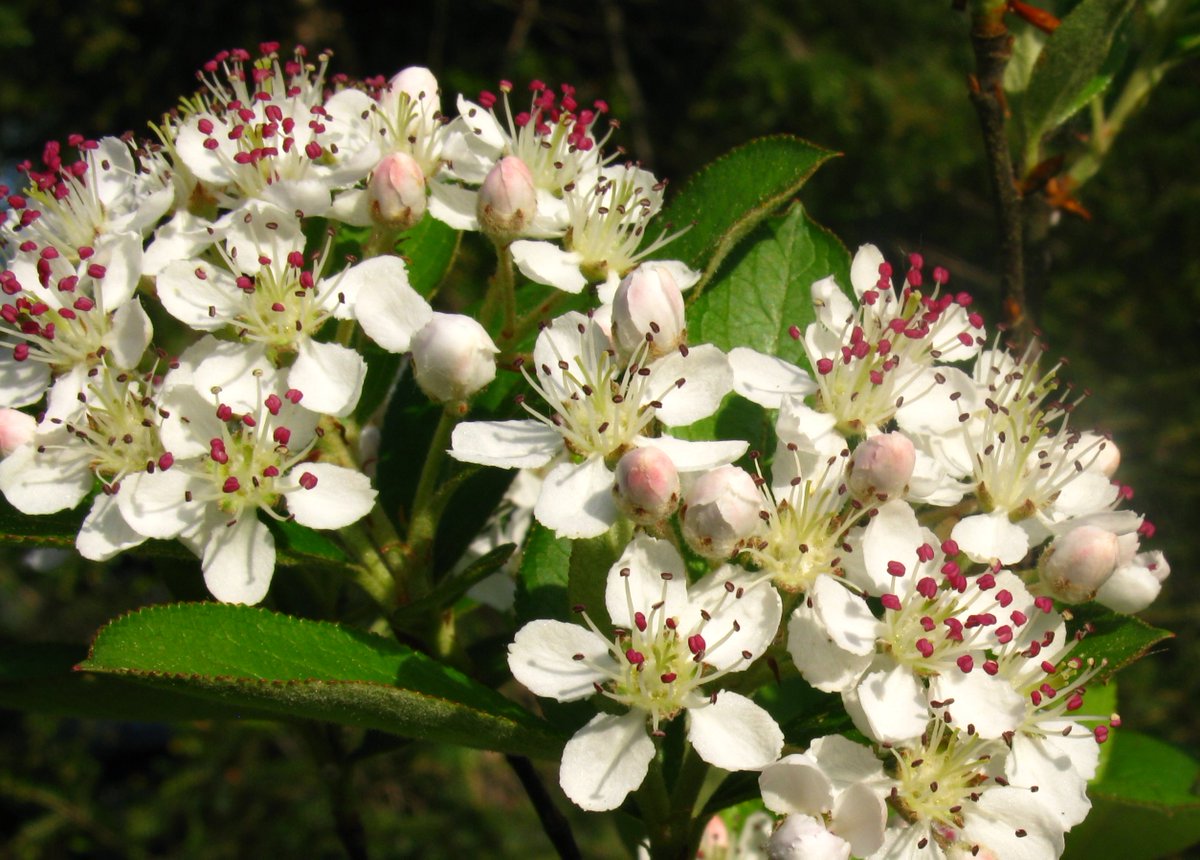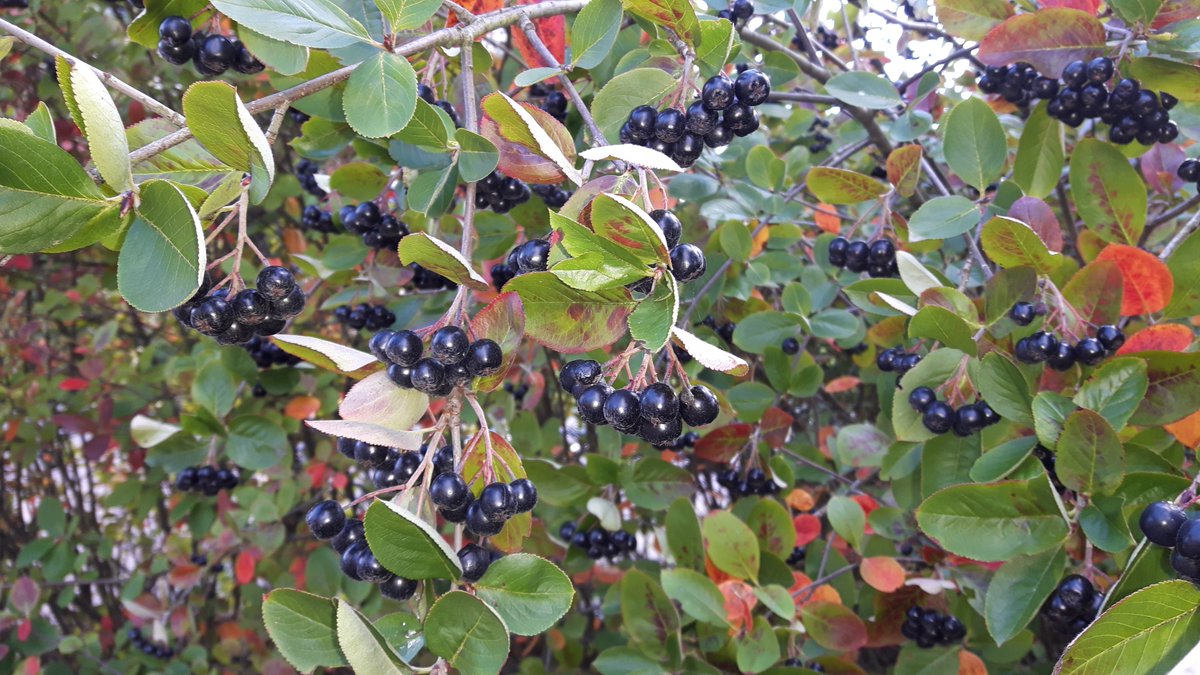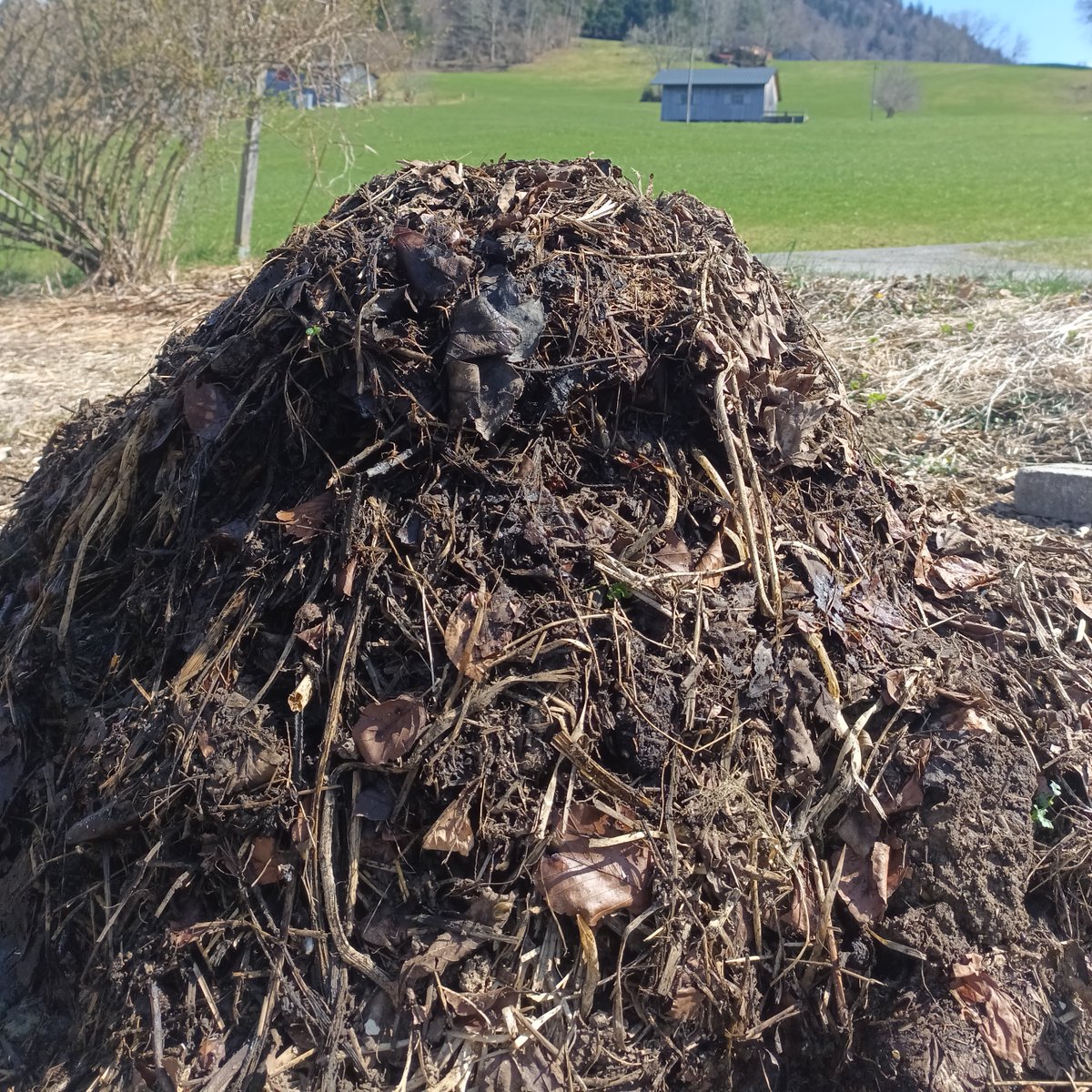Marriage and Permaculture have more in common than you think.
After 4 years of marriage and 5 years of growing food, I've realized they follow the exact same principles.
Here's what your garden can teach you about love: A (lovely) THREAD 🧵❣️
After 4 years of marriage and 5 years of growing food, I've realized they follow the exact same principles.
Here's what your garden can teach you about love: A (lovely) THREAD 🧵❣️

1. Observe enough before you act
💕Observing the patterns of your land (or your partner) gives you the information to act on what needs attention - not just react.
💕It's about stopping the urge to "fix" things and understanding the roots that allow you to implement targeted, permanent improvements.
💕Long-term relationships - with land and partner - require lots of observation, communication and iteration.
Rushing leads to costly mistakes in both.
💕Observing the patterns of your land (or your partner) gives you the information to act on what needs attention - not just react.
💕It's about stopping the urge to "fix" things and understanding the roots that allow you to implement targeted, permanent improvements.
💕Long-term relationships - with land and partner - require lots of observation, communication and iteration.
Rushing leads to costly mistakes in both.
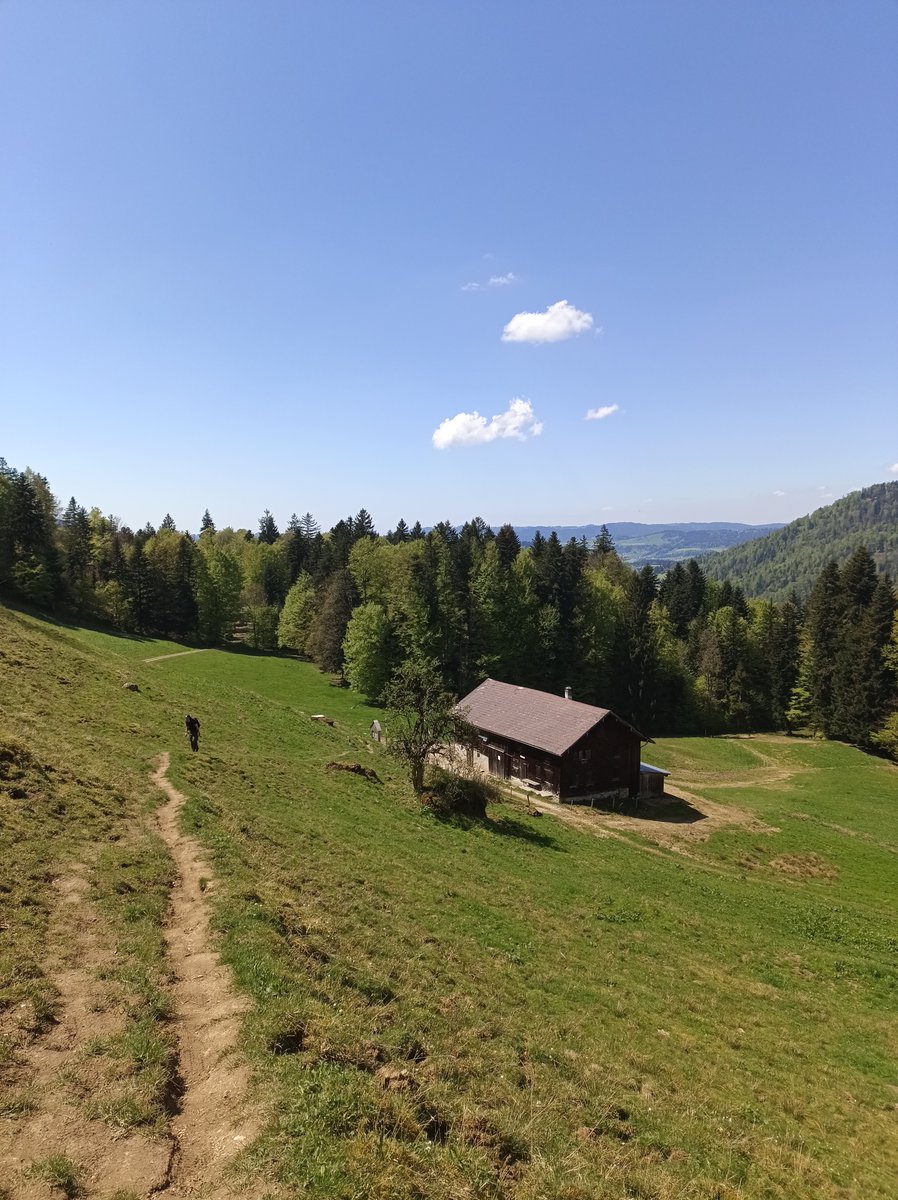
2. Work with natural cycles
💕Gardens have seasons. So do relationships.
💕Spring (new love), Summer (growth), Fall (harvest), Winter (rest/reflection).
💕Fighting winter in your garden kills plants. Fighting "winter" in your marriage kills connection.
Let the cycles flow - flowers will always return in spring.
💕Gardens have seasons. So do relationships.
💕Spring (new love), Summer (growth), Fall (harvest), Winter (rest/reflection).
💕Fighting winter in your garden kills plants. Fighting "winter" in your marriage kills connection.
Let the cycles flow - flowers will always return in spring.

3. Diversity means resilience
💕Monoculture gardens are prone to pests, need fertilizers, and do not build soils by themselves. Monotonous relationships too.
💕There's beauty in diverse interests, different friend groups, varied experiences. Differences complement relationships.
One type of "crop" makes you vulnerable to total failure.
💕Monoculture gardens are prone to pests, need fertilizers, and do not build soils by themselves. Monotonous relationships too.
💕There's beauty in diverse interests, different friend groups, varied experiences. Differences complement relationships.
One type of "crop" makes you vulnerable to total failure.

4. Plant (and live) in guilds - community is necessary
💕Most plants help each other grow. Others compete for resources.
💕When designing a garden, you always look for allelopathic (beneficial) relationships between all the plants. That's the same for relationships: not only the main people involved, but the surrounding ones too.
Choose companions who make you both flourish.
💕Most plants help each other grow. Others compete for resources.
💕When designing a garden, you always look for allelopathic (beneficial) relationships between all the plants. That's the same for relationships: not only the main people involved, but the surrounding ones too.
Choose companions who make you both flourish.

5. Treat the causes, not the symptoms
💕When having pest problems in a garden, don't spray pesticide - you're killing your predators and poisoning the soil that grows your food.
💕In relationships, if you're constantly arguing about something, it's not only about communicating differently - but addressing unmet needs, external pressures, stress levels.
Surface solutions create bigger problems.
💕When having pest problems in a garden, don't spray pesticide - you're killing your predators and poisoning the soil that grows your food.
💕In relationships, if you're constantly arguing about something, it's not only about communicating differently - but addressing unmet needs, external pressures, stress levels.
Surface solutions create bigger problems.
6. Sustainable inputs
💕If you just TAKE from soil without giving back, it becomes depleted.
💕You can't just TAKE emotional support, time, energy from your partner without reciprocating.
Both need regular deposits to stay fertile.
💕If you just TAKE from soil without giving back, it becomes depleted.
💕You can't just TAKE emotional support, time, energy from your partner without reciprocating.
Both need regular deposits to stay fertile.
7. Embrace some pests - they are also part of nature
💕Good gardens need challenges - they build resilience.
💕Healthy marriages need good conflict too.
It's how you:
- Learn boundaries
- Develop problem-solving
- Build trust through resolution
Sterile environments create weakness (and don't actually exist).
💕Good gardens need challenges - they build resilience.
💕Healthy marriages need good conflict too.
It's how you:
- Learn boundaries
- Develop problem-solving
- Build trust through resolution
Sterile environments create weakness (and don't actually exist).
8. Zones of attention matter
Zone 1: Daily care (house, immediate needs)
Zone 2: Weekly attention (date nights, garden beds)
Zone 3: Monthly focus (friends, extended projects)
Zone 4: Wildlife
Zone 1 might not be fancy, but it's where you are every day. Marriage fails when you spend all energy on Zones 2 and 3 and neglect Zone 1.
Zone 1: Daily care (house, immediate needs)
Zone 2: Weekly attention (date nights, garden beds)
Zone 3: Monthly focus (friends, extended projects)
Zone 4: Wildlife
Zone 1 might not be fancy, but it's where you are every day. Marriage fails when you spend all energy on Zones 2 and 3 and neglect Zone 1.

9. Think generations
💕Plant fruit trees for your grandchildren.
💕Build a marriage that models love for children in your family and around you.
Both require:
- Long-term vision
- Daily maintenance
- Faith in unseen results
💕Plant fruit trees for your grandchildren.
💕Build a marriage that models love for children in your family and around you.
Both require:
- Long-term vision
- Daily maintenance
- Faith in unseen results
10. Stack functions
💕One element should serve multiple purposes:
💕A chicken provides eggs, pest control, fertilizer, entertainment.
💕A loving partner shares love, friendship, support, growth, adventure, security.
Resilient systems are complex, diverse and interconnected.
💕One element should serve multiple purposes:
💕A chicken provides eggs, pest control, fertilizer, entertainment.
💕A loving partner shares love, friendship, support, growth, adventure, security.
Resilient systems are complex, diverse and interconnected.
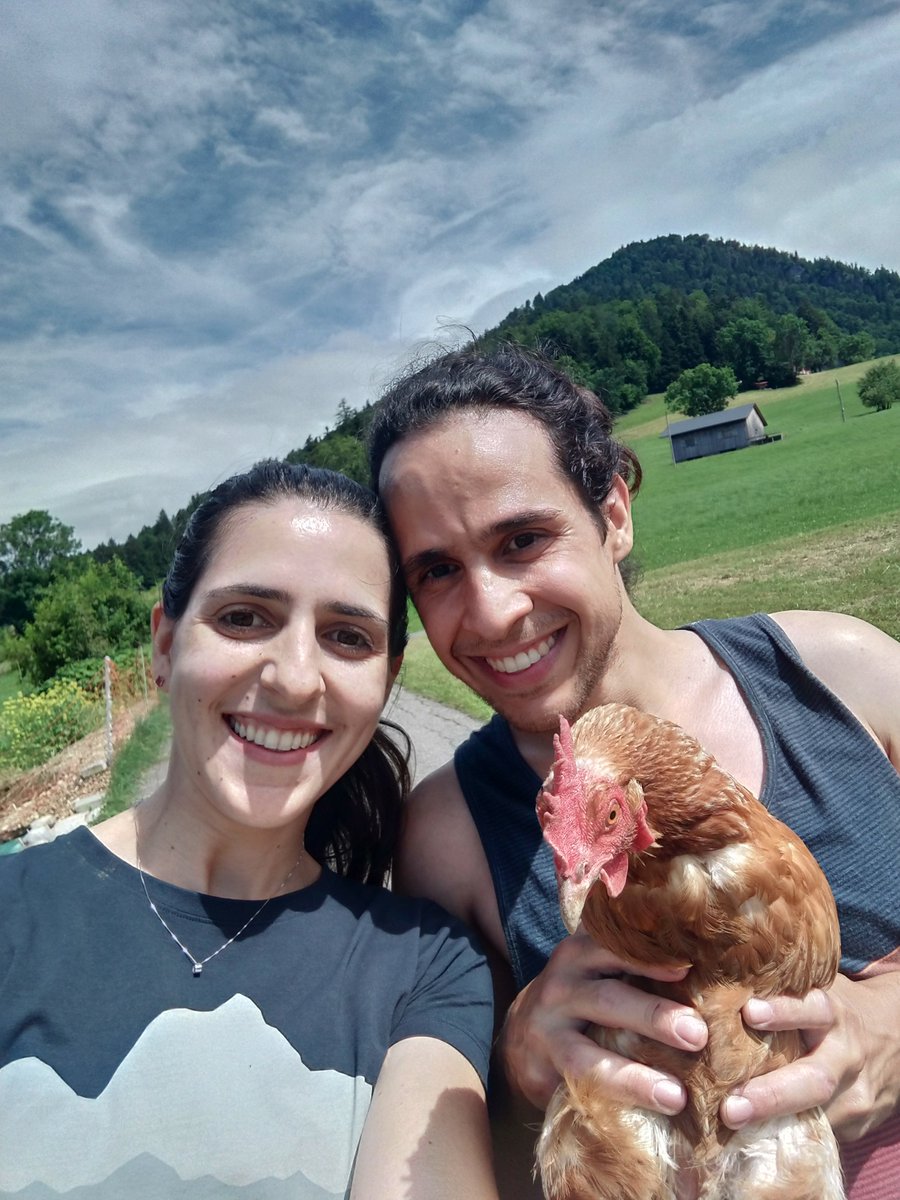
Permaculture, as well as marriage, is about creating long-term systems that are resilient and create abundance - enriching whatever life you're already building.
They teach you patient observation, working with natural patterns, mutual benefit, and positive commitment.
Your garden will teach you to love better 💕
And your relationships will teach you to garden better 🌱
They teach you patient observation, working with natural patterns, mutual benefit, and positive commitment.
Your garden will teach you to love better 💕
And your relationships will teach you to garden better 🌱

Repost this thread if your garden (or partner) has ever taught you patience 😂❣️
And subscribe to our free permaculture newsletter through the link in bio — where we talk soil, soul, and sustainable love. ❤️🌿
And subscribe to our free permaculture newsletter through the link in bio — where we talk soil, soul, and sustainable love. ❤️🌿

• • •
Missing some Tweet in this thread? You can try to
force a refresh








